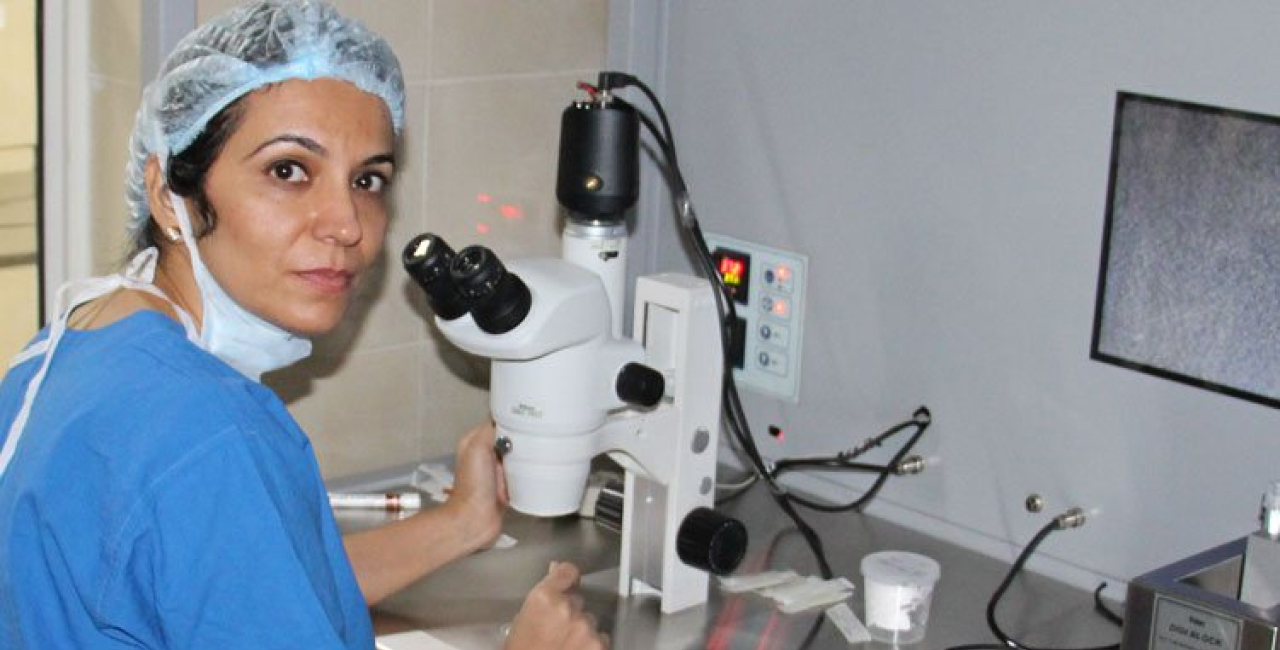Modern unhealthy life styles, hectic work schedules, stress factors and an improper diet have all contributed to Fertility problems. ‘1 in 6 couples face a fertility issue now’
To override fertility problems, IUI (Intrauterine Insemination) method is employed. IUI is an in-vivo technique wherein a Sperm from a Donor or Partner is placed into the female’s uterus using a flexible and thin sterile catheter to facilitate natural Fertilization.
Why is it done?
IUI technique is used when:
- Male has low sperm count mild to moderate (Oligospermia)
- A female has a dysfunctional cervix, cervical mucus problem, or unfavourable uterine condition
- A male is suffering from Retrograde Ejaculation (releasing semen & sperms into the urinary bladder rather than out of the penis)
- A man is suffering from Erectile Dysfunction (inability to maintain an erection)
- During infertility that has ‘no apparent reason’; unexplained fertility
- A female is suffering from mild endometriosis (when endometrium tissue lining grows outside the uterus causing pain and bleeding)
Donor sperm is used in IUI when-
- Male partner suffers from Sexually Transmitted Disease (STD) or Genetic disease.
- A female wants to get pregnant without any intercourse with a male partner.
- A male is sterile (Azoospermia) or has a negligible sperm count (oligospermia).
When & How is it done?
- It is useful in females under 35-40 years of age.
- Medicines that stimulate Ovulation (release of eggs) are administered.(Natural ovulation is also an option wherein no fertility drugs are used.)
- Meanwhile, sperms are washed off and concentrated with the healthiest sperms to ensure fertilisation.
- After 24-36 hours of the rise in Luteinizing Hormone (LH), that indicates imminent ovulation, IUI is done.
- The sperms are injected using a flexible catheter directly into the uterus. This is a quick process and induces minimal to no pain.
- A Pregnancy Test, to confirm the pregnancy, is done after two weeks from insemination.
Risks Associated:
- Slight risk of infection in Uterus and fallopian tubes is possible due to-
- Contaminated semen sample, or
- Contamination of sterile catheter in cervical/vaginal area.
- Multiple Pregnancy risks; Conceiving twins or more.
- Puncture in the uterus during IUI process.
Benefits of IUI-
IUI (Artificial Insemination) technique has numerous benefits like-
- A female can conceive a child without any intercourse with a male if it is painful or undesired by her.
- It enables the couples to experience parenthood who have a low sperm count or a poor sperm quality.
- This technique is less expensive, $300-$800, as compared to IVF (In-vitro Fertilization) technique, $12,000. These are the US Figures.
- It is close to the natural method of fertilisation.
- It is a less invasive technique and takes barely few minutes.
Success Rates for IUI:
Success Rates are subject to the factors like female age, the reason for infertility, sperm quality.
- A female over 41 years old will have an extremely low success rate of getting pregnant with IUI method. Therefore, she should opt for aggressive pregnancy methods like IVF.
- In a case of unexplained infertility, female under 35 years of age and male having healthy sperm, will have these success rates-
- 10% chance/month of a successful pregnancy using IUI (up to 3 cycles) with Clomid
- 15% chance/month of a successful pregnancy using IUI (up to 3 cycles) with injectable FSH meds.

